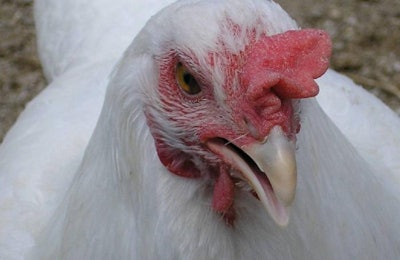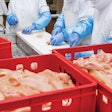
Malaysian poultry and feed company Leong Hup is launching an initial public offering (IPO) in hopes of raising RM275 million (US$66.3 million).
According to a New Straits Times report, Leong Hup CEO Tan Sri Francis Lau Tuang Nguang said about 75.5 percent of the funds attained from the IPO would be allocated for capital expenditures to facilitate the planned growth of the company’s operations in Malaysia, Vietnam and the Philippines. Another 12 percent would be used for working capital, while the remainder would be allocated to defray costs for the IPO and listing.
“To begin with, we will further increase our visibility and presence in Malaysia, Vietnam and the Philippines,” the CEO said on April 25. “In the near future, the company intends to consolidate and expand our leadership position in Singapore by driving efficiencies and continually improving our processes and adding capacity where possible.”
He added that the company also wants to enter the market in Cambodia in the near future.
The company will list on the Bursa Malaysia exchange on May 16, in what is expected to be one of the biggest IPOs in Malaysia in two years. The closing for retail and institutional offerings has been scheduled for May 3.
Leong Hup a top broiler and egg company
Leong Hup, according to the Poultry International Top Poultry Companies survey, is Malaysia’s largest poultry company and the 34th largest broiler company in Asia, slaughtering 47 million broilers annually. It is also Malyasia’s largest egg company and the seventh largest in Asia, with a flock of 3 million layer hens. The company has 19 hatcheries.
Leong Hup is also involved in turkey production.
The company also recently expanded its animal feed operations. Leong Hup opened its fourth feed mill in Vietnam in December 2018, which has the capacity to produce 1.1 million tons per year.















